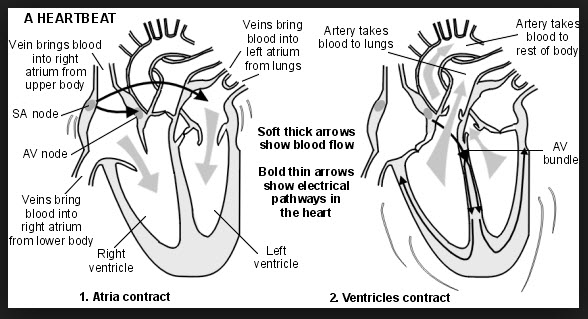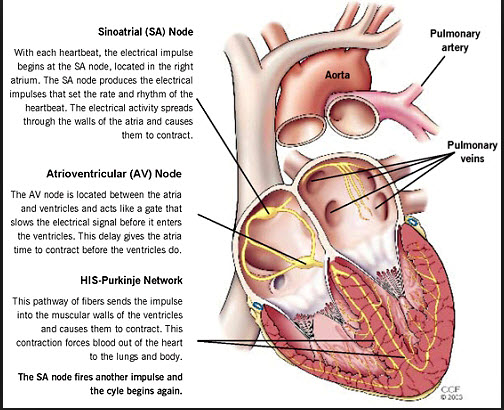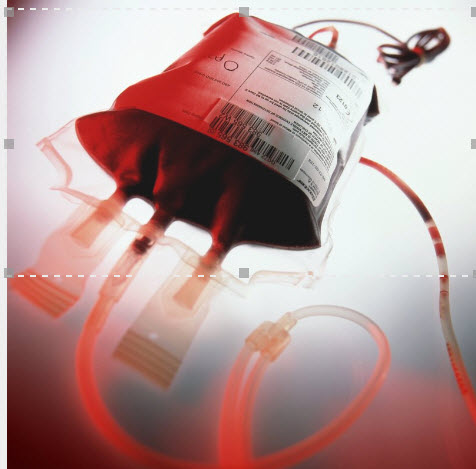Some tips for learning Cardio for your NCLEX
Learning the cardiac system can be difficult sometimes. After all there are so many different things to remember. I am a firm believer in bringing everything down to the basics. Once you understand the principles of how things are supposed to work, then you can understand how disease or injury can change it up.
These are mostly bits with some interpretation that I have found on the internet.
The right side of the heart, composed of the right atrium and ventricle, collects and pumps blood to the lungs through the pulmonary arteries. I like to imagine that the blood comes here through the veins and is blue. The lungs refresh the blood with oxygen, and it is red.
Oxygen-rich blood, “red blood,” then enters the left side of the heart, composed of the left atrium and ventricle, and is pumped through the aorta to the body to supply tissues with oxygen.
So what could be some of the problems here. If the lungs aren’t working… well instead of bright red fully oxygenated blood you might have a tinge of pink. When cells don’t have as much oxygen as they need do they work as well? No. So think for a moment, if you have a patient that is short of breath could this be one of the causes?

Four valves within your heart keep your blood moving the right way. The tricuspid, mitral, pulmonary and aortic valves work like gates on a fence. They open only one way and only when pushed on. Each valve opens and closes once per heartbeat — or about once every second.
A beating heart contracts and relaxes. Contraction is called systole, and relaxing is called diastole. So that would be related to? If you said blood pressure then you are correct and deserve a cookie.
During systole, the ventricles contract, forcing blood into the vessels going to your lungs and body — much like ketchup being forced out of a squeeze bottle. The right ventricle contracts a little bit before the left ventricle does. The ventricles then relax during diastole and are filled with blood coming from the upper chambers, the left atria (contains oxygenated blood from the lungs/luminary vein) and right atria (from the Superior/inferior vena cava). Then the cycle starts over again.
The heart is nourished by blood vessels called coronary arteries extend over the surface of your heart and branch into smaller capillaries. The heart also has electrical wiring, which keeps it beating. Electrical impulses begin high in the right atrium and travel through specialized pathways to the ventricles, delivering the signal to pump. (PQRST) The conduction system keeps the heart beating in a coordinated and normal rhythm, which in turn keeps blood circulating. The continuous exchange of oxygen-rich blood with oxygen-poor blood is what keeps us alive.

Some good links –
http://www.learntheheart.com/EKGreview.html
http://ecg.utah.edu/
http://en.ecgpedia.org/wiki/Main_Page
Preload is about volume. If the water pressure is low, the water output will be a trickle, not enough to water and sustain your pretty garden. If the volume is too much, it will back up your plumbing system (Right-sided heart failure engorged liver, systemic edema, etc, or left-sided failure pulmonary edema.)
Afterload is about pressure or resistance. If there is a link or narrowing in your garden hose, the volume will back up AND the output will drop. Think of it like a garden hose………
A good analogy is that your hose has gone form a garden hose to a fire hose or developed huge leaks and it will either get more blood to the right places easier (decreasing afterload so the heart doesn’t have to work as hard and will therefore work better) …or you will not get the blood to where it need to go until you “patch it up” (constrict the blood vessels to a more normal size like the vasodilation that occurs with sepsis)or stop the bleeding by sealing the leak(the source of hemorrhage)….OR….
Gross analogy, but it works…Think about flushing a toilet……you flush, and then flush again right away……nothing happens right? This is because the tank doesn’t have time to fill….PRELOAD is decreased in the tank.
What if the toilet is plugged up? When you flush, it backs up….this is too much afterload.
Preload = Volume
Afterload = Pressure/Resistance
The best video I have seen talking about heart failure and what causes it. By the way Med Cram videos are pretty awesome.
A great website with tons of cardiac information – http://cvphysiology.com/Blood%20Pressure/BP010.htm


